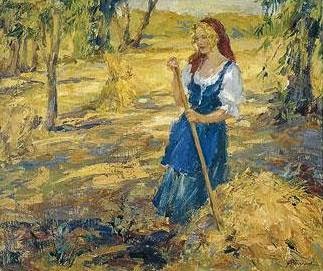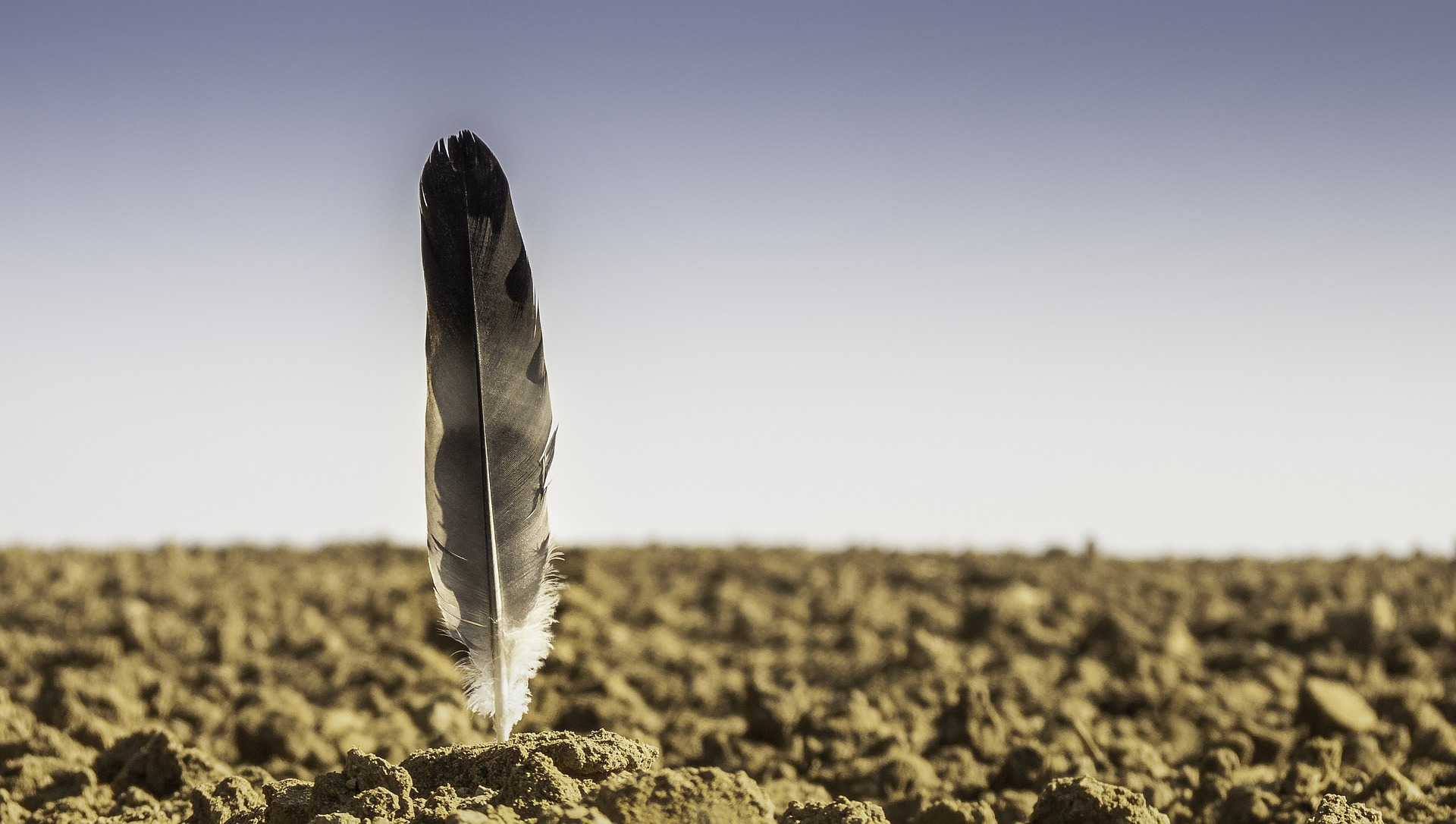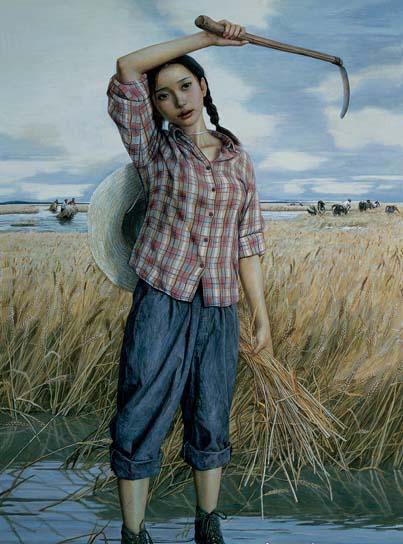About the Poet
William Wordsworth (7 April 1770 – 23 April 1850) was a major English Romantic poet who, with Samuel Taylor Coleridge, helped to launch the Romantic Age in English literature with their joint publication, Lyrical Ballads (1798). Wordsworth’s magnum opus is generally considered to be The Prelude, a semiautobiographical poem of his early years that he revised and expanded a number of times. It was posthumously titled and published, before which it was generally known as “the poem to Coleridge.” Wordsworth was Britain’s Poet Laureate from 1843 until his death in 1850. Wordsworth had for years been making plans to write a long philosophical poem in three parts, which he intended to call The Recluse. In 1798–99 he started an autobiographical poem, which he referred to as the “poem to Coleridge” and which he planned would serve as an appendix to a larger work called The Recluse. In 1804 he began expanding this autobiographical work, having decided to make it a prologue rather than an appendix.
He completed this work, now generally referred to as the first version of The Prelude, in 1805 but refused to publish such a personal work until he had completed the whole of The Recluse. The death of his brother John, also in 1805, affected him strongly and may have influenced his decisions about these works.
Written in March Summary
Like many of William Wordsworth’s poems, Written in March is a nature-centric poem that tries to bring out the beauty of changing seasons. The poem is written amidst the World War when people’s lives were changing with the seasons. This poem brings out the essence of nature and tries to draw parallels with human life as winter is being taken over by spring.
The first stanza consists of 10 lines, each expressing the different aspects of nature and compelling the reader’s mind to imagine the scenic beauty that Wordsworth describes. The day begins with the sound of the cock, indicating the rise of a new day amidst the continuity of the stream flowing. The birds chirp around. The lake glitters as the sun moves over the green fields. People, young and old, regardless of their age, are seen to be working with utmost concentration, not raising their heads while the cattle graze around like one entity rather than a group of forty. A normal day in the world is described to show the routine that’s set in. By stressing the different aspects of nature, Wordsworth draws a detailed picture in the reader’s head, which adds to the authenticity of the emotions and feelings.
In the Second Stanza, snow is compared to a defeated army as it retreats and the spring takes over the earth. Now, without the snow, the hill is bare and open to change. The bare hills will be covered in green and flowers as springtime begins. A plowboy is ecstatic with the change in season as he goes around with joy. The mountains and fountains seem to come to life as spring takes over the harsh winter days. The skies are blue and clear, with small clouds moving smoothly. The days of rain, winter, and harsh times are over and gone. While the first stanza expresses the normalcy of a day, the second stanza gradually shows the changing times with the changing seasons accounting the nature’s reaction to the positive change.
Written in March Analysis
The poem begins with the crowing of the cock, indicating the beginning of the day and consequently symbolizing the start of something new. The stream of water flowing amidst the land indicates the routine and continuity of the world. The poem describes the extrinsic details of nature, like the glittering lakes to the twittering birds. The people are at work putting in all their strength regardless of their age and working with utmost concentration. Wordsworth seamlessly paints a picture in the reader’s head depicting a normal day where people go about their work while the cattle graze and the birds chirp.
The poem marks the day of changing seasons where nature and human life both flourish positively. Wordsworth compares the melting of snow to a defeated army retreating from the battleground, indicating the end of difficult times and the beginning of something new. The plowboy is filled with joy, and the word anon being repeatedly used shows the excitement towards the changing times. As spring takes over, joy and happiness are slowly filling the environment. The skies are getting clearer, with small moving clouds showing the new changes seeping in with the onset of spring. The last line declares that the harsh times of rain are over, indicating the end of a season.
Wordsworth, in his poems, has always tried to draw parallels between human life and nature. He has sought out nature for solutions and answers. This poem brings out the merging line between nature and humane life as we see how both rejoice at the end of troubled times. As one reads the poem, one is exposed to a beautiful scenic view that brings out the emotions of calm and peace. One of the main themes of the poem is change and its acceptance. We see that nature and humans adapt and blend with the positive change that comes. This, in turn, instills a sense of calm and resilience within the reader. Nature is sometimes used synonymously with peace. With this poem, Wordsworth tries to show that nature is subjected to troubled times as man is. March is the time of gradual change where spring takes over, and the last of the snow melts away. Therefore, the use of March within the title holds a lot of importance throughout the poem.
Written in March Central Idea
The poem was written amidst the war when people were subjected to drastic changes and difficult living. As the war gradually ended, the good days arrived. Wordsworth, through this poem, has tried to symbolize war and its hardships through winter and interprets springs as the coming of good days. Written in March stands out from the rest of the nature-centric poems by Wordsworth as it does not glorify nature; rather, it shows nature in a different light where nature is perceived on par with humans.
Updated by Anjali Roongta on 25 April 2023
Some online learning platforms provide certifications, while others are designed to simply grow your skills in your personal and professional life. Including Masterclass and Coursera, here are our recommendations for the best online learning platforms you can sign up for today.
The 7 Best Online Learning Platforms of 2022
- Best Overall: Coursera
- Best for Niche Topics: Udemy
- Best for Creative Fields: Skillshare
- Best for Celebrity Lessons: MasterClass
- Best for STEM: EdX
- Best for Career Building: Udacity
- Best for Data Learning: Pluralsight












